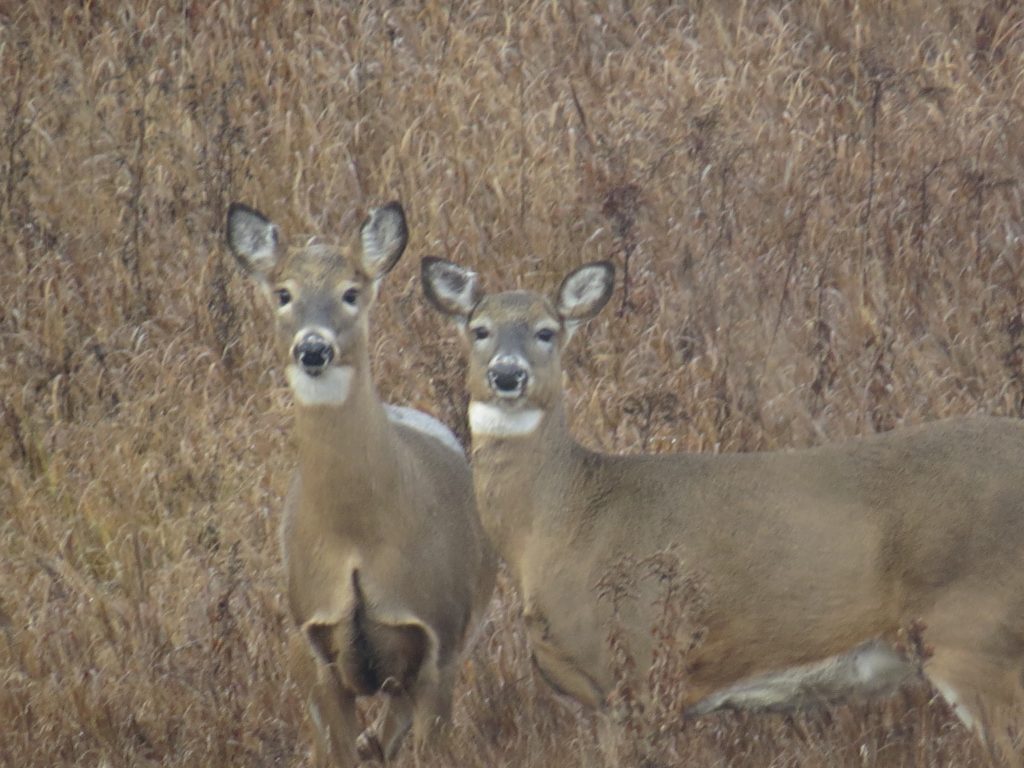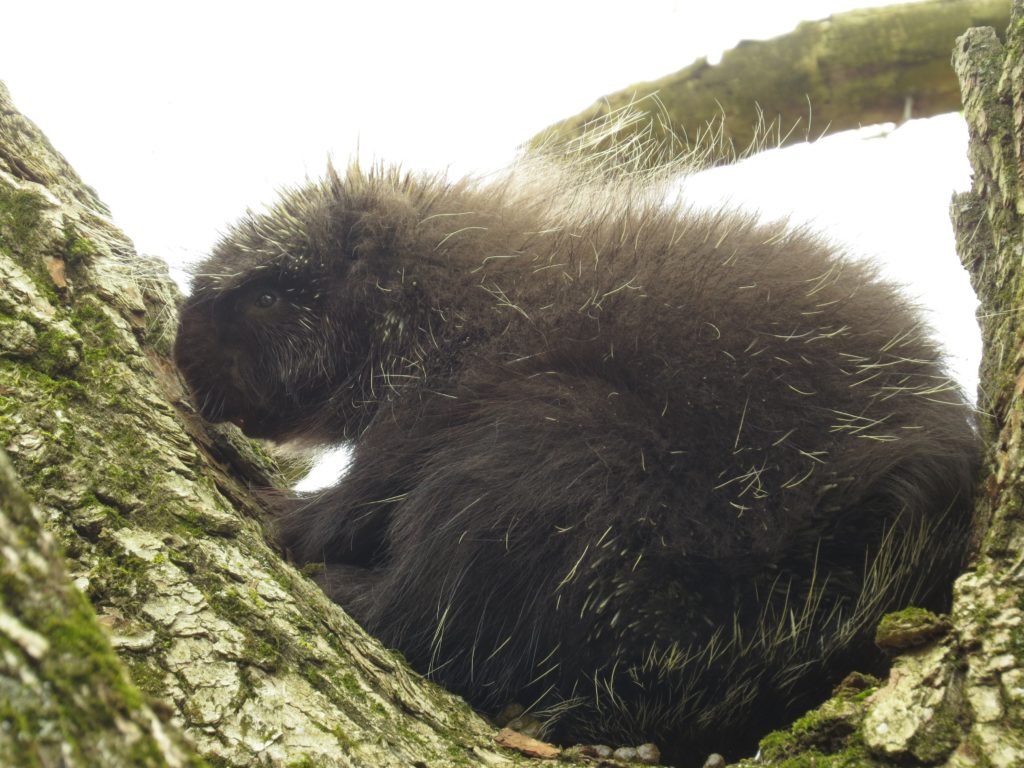There are a number of mammals that live in the Grange. Some of these animals are full time residents, others travel through the Grange using these habitats but also traveling to other natural areas or human habitats in the area. However, even for these non-residents the Grange provides important habitat that helps to sustain these species in this region. To learn more about these species we have linked to the Animal Diversity Web which provides an in-depth profile of these species. To access this click on the species’ name. In some cases there are also in text links for more information on the role these species play in the Grange and the broader ecosystem around Alton. Photos courtesy of Stephan Schneider.
Mammal species in the Grange
Coyotes (Canis latrans)

Coyotes are easily identified being the size and form of a mid-sized dog with highly variable fur colours typically in the grey to brown range.
Coyotes are extremely adaptable and have become one of the dominant predators in southern Ontario since wolves have been pushed out. They play an important role in ecological communities, controlling the populations of some small mammals including pest species. These effects occur both through direct predation on these animals and because some species change their behaviour when coyotes are around.
White-tailed Deer (Odocoileus virginianus)

White-tailed deer are the largest herbivores (plant-eaters) found in the Grange. They consume a variety of plant foods depending on what is available in a given season. Ontario has an active management plan for deer to maintain this important species. They are typically most active at dawn and dusk but can be seen at any time of day if you’re quiet enough. Look for fawns in spring but be aware that mom is probably close by and can be quite protective of her little one. Deer sleeping during the day can be easily disturbed by curious dogs, another good reason to have dogs on a leash in the Grange!
Porcupine (Erethizon dorsatum)

Porcupines are the second largest rodent in North America. They are herbivores (plant eaters) that will eat stems and love tree buds in spring. Slow moving and generally not social, they are well defended from predators, including domestic dogs, by their barbed quills which become embedded in the moth and snout of animals that try to attack them.